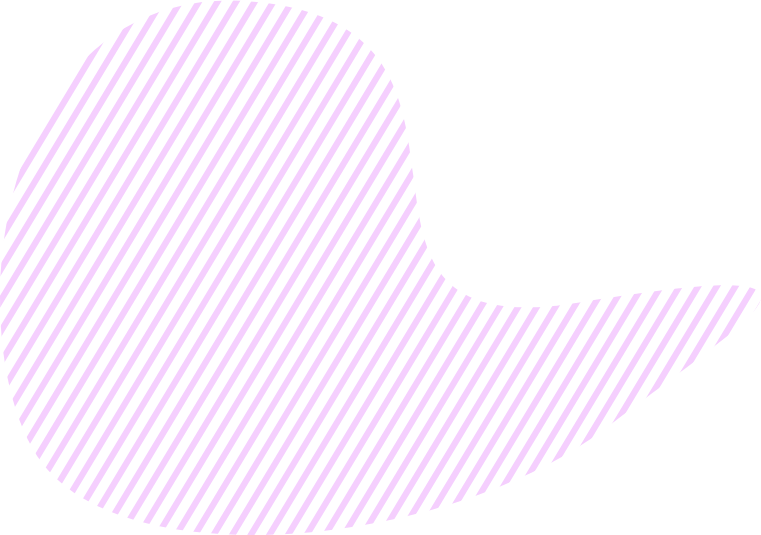What is Gantt Chart?
A Gantt chart is a popular project management tool that graphically displays the chronological sequence of activities as bars, showing their respective start date, end day, and duration. It is used to plan the project and visualize the team’s progress, see who is responsible for a certain task, and check for overlapping activities and connections between tasks.

Gantt Chart Components
The Gantt chart combines nine components:
- Dates to keep track of the beginning and the ending of the whole project and of individual tasks
- Tasks as listed down the left side so that no task is delayed or forgotten
- Bars that show the time frame in which each task needs to be completed
- Milestones displayed as diamonds – the tasks that are critical for the project's completion and success
- Taskbars that visualize the progress of a task with the help of shading out the task portion that has already been completed
- Arrows indicating dependencies between taskbars
- Vertical Line Marker that indicates the current date and helps the product manager to immediately assess the remaining amount of work and check if the team is on track to meet the project deadline
- Task ID to avoid confusion while working on several tasks simultaneously
- Resources, such as names of the people engaged, to effectively manage people, tools and skills required for the project completion
How to Create a Gantt Chart
To create a Gantt chart, there are several steps to be taken and several factors identified from the beginning:
Step 1. Decide on the scope baseline – The Product Manager with the teams identifies all the elements of the project and reviews the scope baseline, including the Scope Statement, the Work Breakdown Structure, and the WBS dictionary.
Step 2. Decompose the project – The team breaks the project down into separate activities.
Step 3. Sequence tasks – After the activities are identified, the relationships between them are built placing each task in the specific order.
Step 4. Identify required resources – Such resources as labor, tooling, equipment, and material need to be identified and estimated before estimating the tasks’ duration. Additionally, a resource calendar is created to show availability of resources at a particular time.
Step 5. Estimate task durations – Estimate the time required between the start and the end of each activity.
Step 6. Build up a schedule – Create the Gantt chart based on all the information collected, review it and make sure that all risks are addressed.
Gantt Chart Benefits
- Time management by keeping visual track of the progress on every task at any moment.
- Simplicity – Gantt charts provide the full and clear picture of the project scope and individual responsibilities.
- Easy communication via a visual medium, which makes interaction between parties more transparent and consistent.
- Improved morale – teams can see the bigger picture and relate their job to other project goals, which encourages them to move forward.
- Adaptability – Gantt charts improve the team’s adaptability by demonstrating how tasks and projects are constantly modified in response to external changes.
Gantt Chart Disadvantages
- Complexity – in large projects with multiple teams involved, Gantt charts quickly become overpopulated with hundreds of tasks that are impossible to track. It is believed that Gantt charts work the best with up to 30 activities.
- Linearity – Gantt charts imply that the product manager has an idea of the final product even before it starts, which is rarely the case in real product development, especially for larger-scale projects.
- Readability and multi-user experience issues – another side effect of managing a large project is the necessity to track multiple tasks for a long period of time. In this case, details are lost, and small project subtasks are barely visible. Moreover, if a Gantt chart is maintained by several participants, every change to it might lead to unintended displacement of other bars.
The Gantt chart is a powerful tool for small- to medium-size projects that shows the progress over the progress sequentially and displays all tasks in parallel. However, it works best with projects that are easy to understand and can fall into precise steps.



